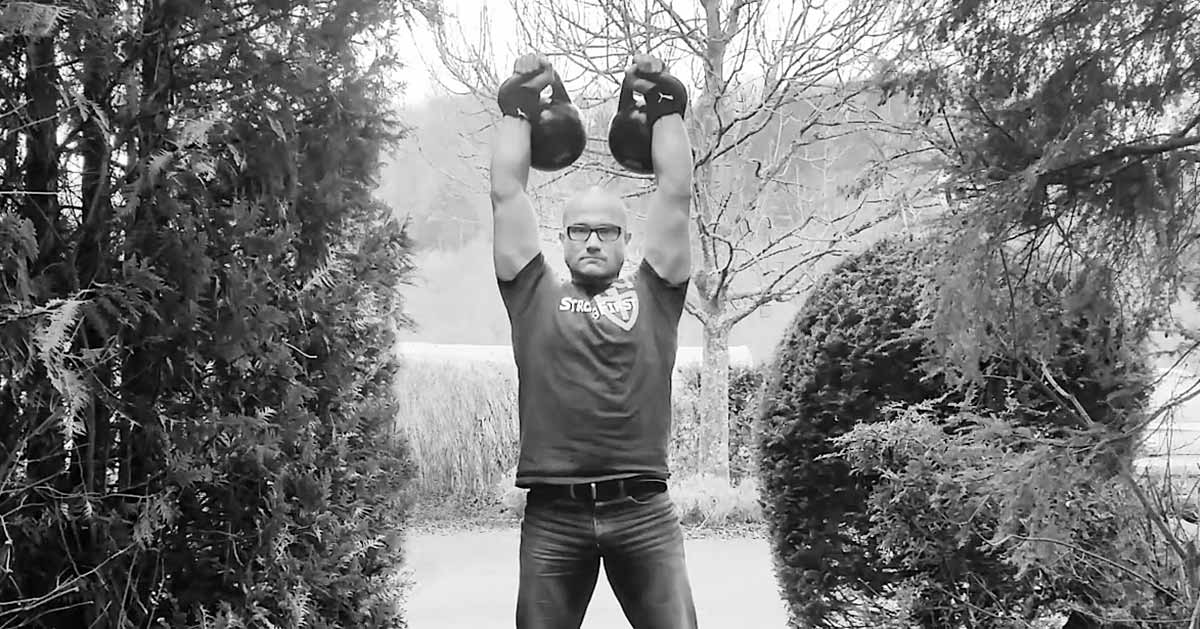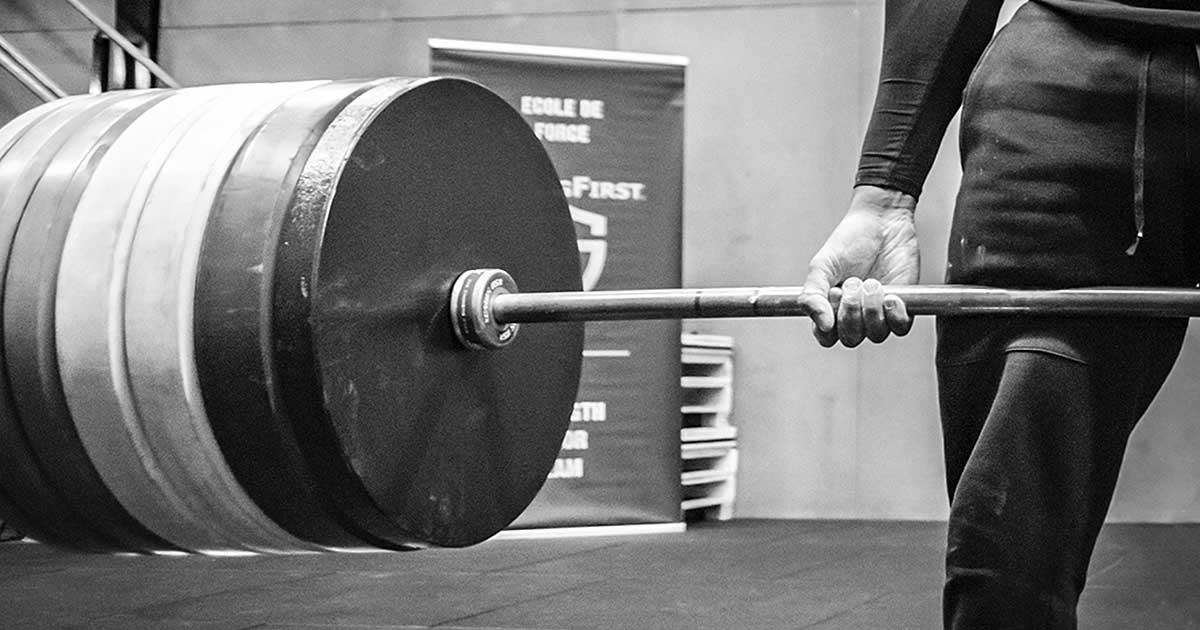Dayz
Level 8 Valued Member
Hi all,
Just pondering this. I've read a fair few places that increasing strength also increases power. E.g. squats and deadlifts improving jumps.
But beyond a certain point, there's diminishing returns and you'll need to include specific power training (e.g. plyos, ballistics, jumps, etc)
Question is, how do you know when you're at that point to incorporate those?
And what sort of dose (volume/ frequency) would be required?
Just pondering this. I've read a fair few places that increasing strength also increases power. E.g. squats and deadlifts improving jumps.
But beyond a certain point, there's diminishing returns and you'll need to include specific power training (e.g. plyos, ballistics, jumps, etc)
Question is, how do you know when you're at that point to incorporate those?
And what sort of dose (volume/ frequency) would be required?


